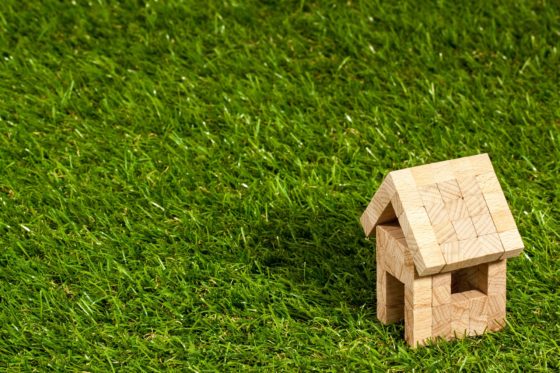
Your home is one of your largest assets. Your mortgage is probably the largest loan you’ll ever take out. If you’re struggling to pay your bills, it’s also probably your biggest worry. Bankruptcy might be your best option, but what happens to your home when you file?
Ohio Homestead Exemption
The Ohio homestead exemption provides protection for homeowners during a bankruptcy. Essentially, it prevents a bankruptcy trustee from uprooting you from your home and selling it during your bankruptcy proceeding.
There are two main ways to file bankruptcy as an individual that offer protection of your home, depending on which you qualify for: Chapter 7 or Chapter 13. Although bankruptcy either clears your debt or puts you on a payment plan for it, it doesn’t just give you a free home.
If your home is exempt through the bankruptcy proceeding, you will still need to pay the mortgage as usual. Chapter 7 bankruptcy will discharge your personal liability under the mortgage, but will not extinguish the bank’s claim on your property. In other words, the bank won’t be able to sue you for collection but will still be able to repossess and sell it if you don’t make payments.
See also: Will Filing for Bankruptcy Stop Foreclosure in Ohio?, What Factors Influence Your Mortgage Interest Rate?
Chapter 7 Bankruptcy and Your Home
Chapter 7 is a “liquidation” process. All of your assets temporarily become a part of your bankruptcy estate. Your bankruptcy trustee will then sell those assets and distribute the proceeds to your creditors.
If you qualify to file under Chapter 7, which is based on your income, the fate of your home will depend on the amount of equity you have in your home (the difference between the value of your home and the amount you still owe on it). In Ohio, if you have less than $125,000 of equity in your home (or $250,000 for married couples filing jointly), it’s exempt and can’t be touched by the trustee. If you have more than that in equity, the bankruptcy trustee may try to sell your home, pay you $125,000, and distribute the rest to creditors.
Chapter 13 Bankruptcy and Your Home
Under Chapter 13, you’ll work with creditors and your bankruptcy attorney to create a 5-year repayment plan. Your plan will need to include full payment to your secured creditors (or allow for continued payments after the end of the 5-year term) and as much of a payment as possible for your unsecured creditors.
The Chapter 13 payment plan is based on your levels of disposable income. Under Chapter 13, as long as your mortgage is included in the plan and you keep making payments, you’ll be able to keep your home.
Chapter 13 bankruptcy also can help prevent foreclosure by allowing debtors to pay back mortgage arrearages in manageable increments.
See also: Should I Refinance My Mortgage?, How to Negotiate with Your Mortgage Loan Servicer
Get Help from an Experienced Bankruptcy Attorney
Bankruptcy can be pretty complicated, especially when you’re dealing with a lot of assets, like a home you’ve put a lot of work into or bought as your dream house and want to keep. In Ohio, bankruptcy is a common solution to relieving debt — in fact, it’s one of the top 10 states for bankruptcy filings.
At Cope Law Offices, we will work with you on creative debt solutions and help win your bankruptcy case. Contact us today for a free case review.





Leave a Reply
You must be logged in to post a comment.